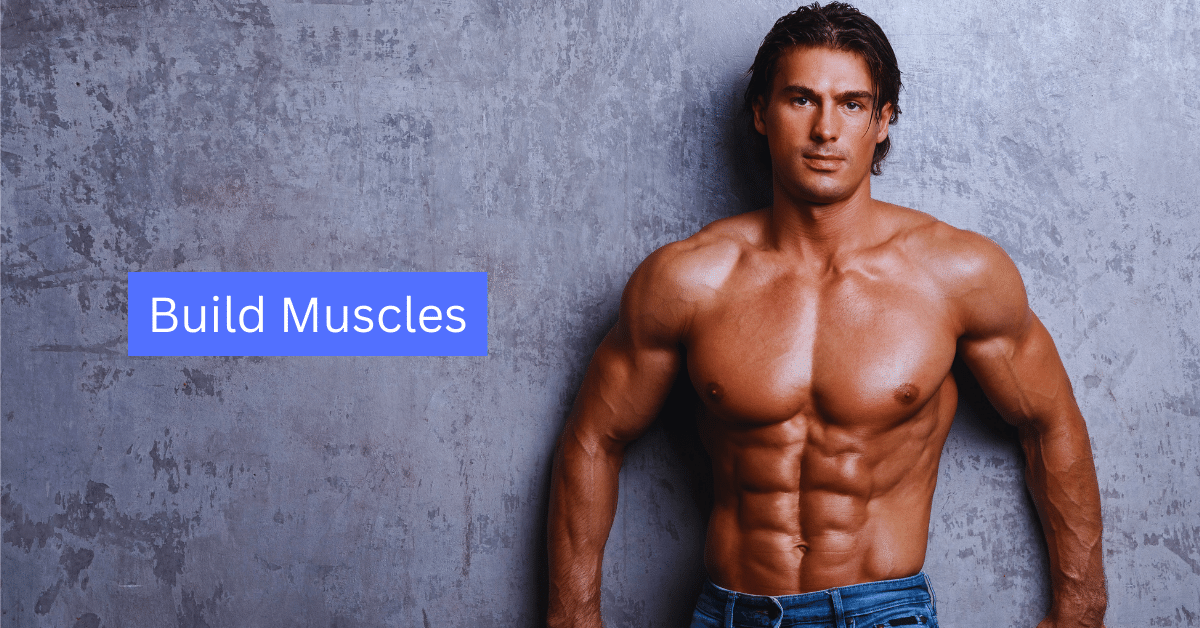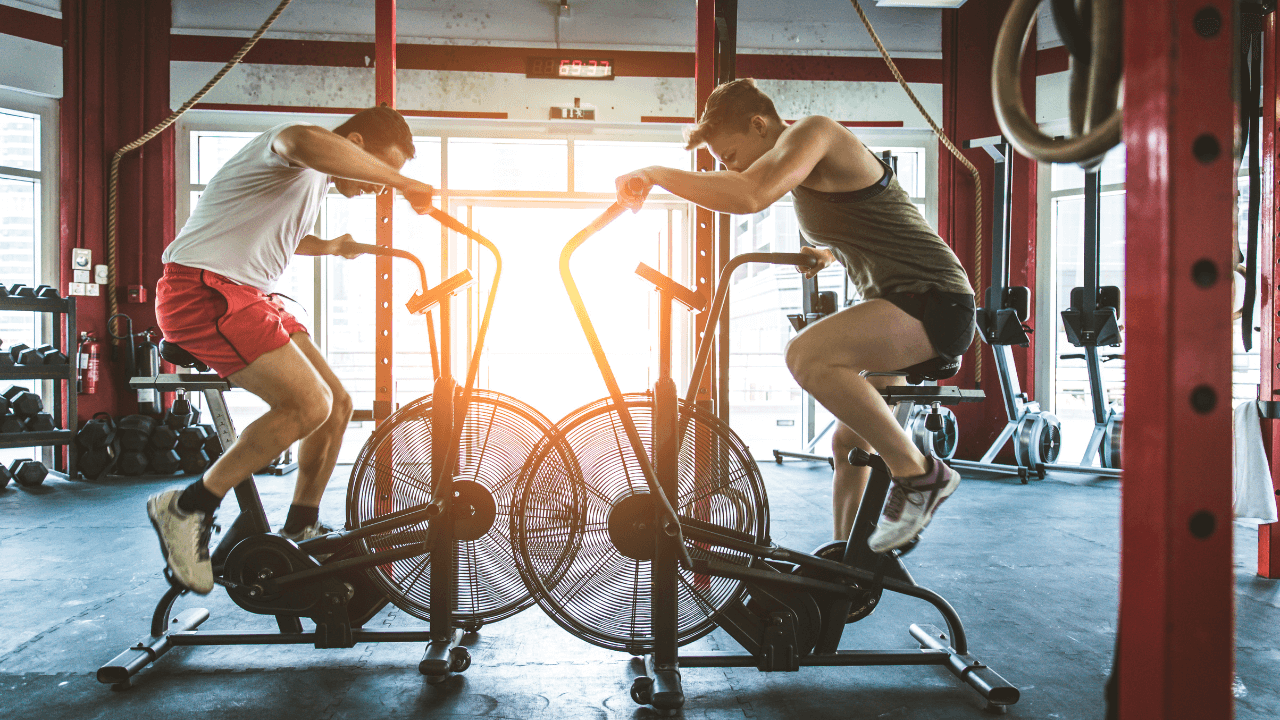The key to achieving this, particularly on how to build muscle fast, is all in the routine. With proper technique and recovery, you can amplify your progress and reach new levels of strength and hypertrophy. Resistance training, including weight lifting and bodyweight exercises, stimulates muscle growth. Below is an overview of gaining muscles using various techniques. Keep reading to learn more about what can help you confidently achieve your muscle-building goals, focusing on how to build muscle fast!
Pushing The Limit
Muscles grow when pushed to their limits; resistance training is the best way to achieve this, especially when exploring how to build muscle fast. Building muscles requires proper exercise and nutrition to increase their size and strength, crucial elements in how to build muscle fast.
So How Do You Increase Muscle Size?
Resistance training is essential for building muscles and doesn’t have to be heavy and complicated. Activity that involves lifting weights, using free weights, barbells, exercise machines, or your body weight alone.
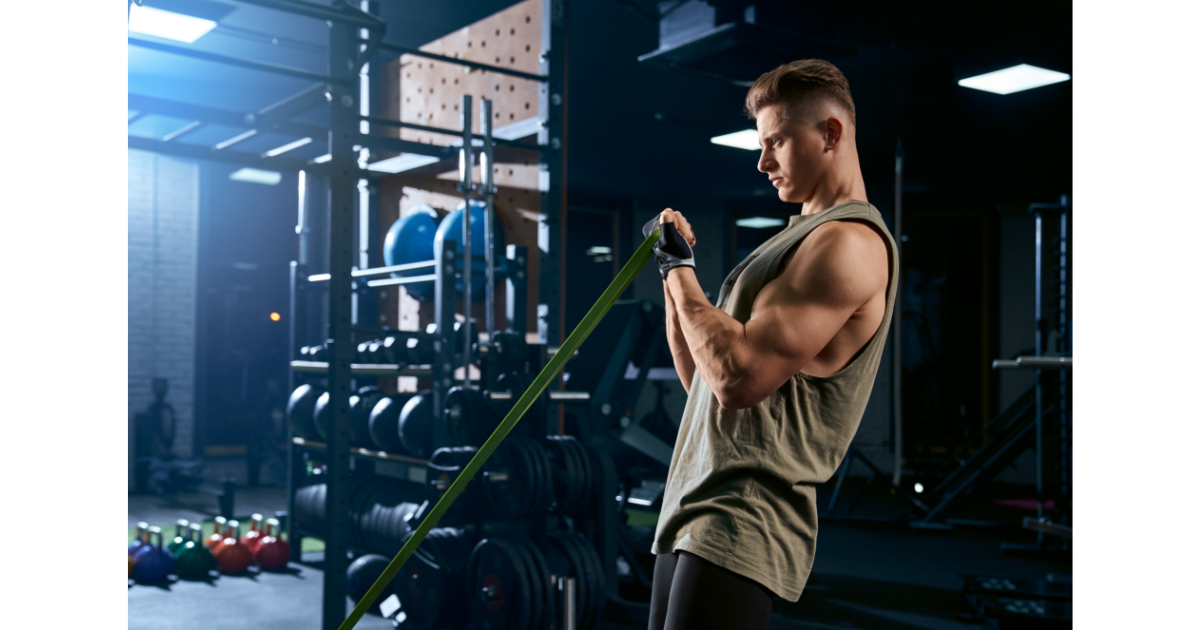
Resistance training stimulates the muscles in your body to contract, increasing muscle size over time. When you consistently train, your body adapts and builds more muscle fibres, making you stronger.
Lifting weights with enough repetition causes micro-tears in your muscle fibres, and your body responds by repairing the damages – growing them bigger and stronger.
Building muscle isn’t an overnight process. You have to stay patient – within a few weeks, you can start seeing gains in size and strength. You can gain muscle and achieve your goals with hard work, consistent training, and a balanced diet.

5 Rs in Resistance Training
R – Resistance: the load (weight) used for an exercise
R – Range of motion: the total amount of joint movement used during an exercise
R – Repetitions: the number of times the range of motion is completed consecutively
R – Rest: the time spent resting between repetitions or between sets
R – Recovery: the time spent recovering between exercise sessions
Progressive Overloading
If you want to get the most out of your resistance training, focusing on using the correct technique and slowly increasing the weight you lift is crucial. To keep your body challenged, it’s important to gradually increase the weight or intensity of your exercise – a technique called progressive overload.
This approach can help prevent injuries, stimulate your body, and promote muscle growth. Moving slowly and carefully through the entire exercise is essential for your safety.
Aim to lift heavier weights than your previous weights with proper form or lighter weight but with more repetition; this creates muscles and endurance.
PRINCIPLE OF PROGRESSIVE OVERLOAD

It means progressively putting your body under stress higher than its usual threshold. Progressive overload forces it to adjust accordingly and allows for sustained fitness progression.
This principle applies to resistance training and all exercise techniques and components.
- Range of motion – Gradually increase the range of motion in associated joints while lifting a similar weight – for instance, performing squats slightly lower than your previous limit.
- Training volume – By adjusting the training volume, a person can lift an equal weight for additional repetitions or complete more sets with the same load.
- Intensity – Increasing the weight of an exercise or moving with more speed and acceleration are effective ways to increase power.
- Training Density – is when you do a certain amount of work in a given time. You can change the rest times to do more work at the same time or do the same amount of work faster.
- Frequency: increasing frequency implies doing the same tasks more times over a certain period.
Five Variables To Focus On For Hypertrophy
When your muscles increase in size, it’s called hypertrophy.
- Load or intensity – the amount of weight/ energy required to lift, For example, a 20-pound dumbbell for bicep curls
- Repetition – how many times one must lift a weight for each set. Example: 4 sets of 10 reps
- Sets – means how often you exercise for a specific muscle group. Example: 4 sets of 10 reps
- Tempo – how quickly or slow one moves while performing an exercise example: 3 seconds up and 3 seconds down.
- Rest – rest taken between sets. Example: 30-60 seconds rest between sets
Importance of Pre-Workout and Post-Workout Intake
Exercise after a fasted state or on an empty stomach can increase fat loss if this is your goal. However, if you aim to bulk up or gain muscle, working out in a fasted state may cause muscle breakdown more than build-up while stimulating protein synthesis.
As a result, the net effect is less muscle growth and development than having a pre-workout and post-workout meal.
It’s more than just engaging in physical activity to maintain a positive net balance. You also need to increase the availability of amino acids. When this happens, it causes a marked surge in muscle protein synthesis. Pre-exercise and post-exercise meals are essential components of your workout routine.
Pre-Workout Intake
According to research, the best time to prepare for physical activity is 15 to 60 minutes prior. This particular time frame dramatically affects one’s performance, while some experts say preparing for training 2-4 hours before it starts is best. This timeframe allows your body to digest and absorbs the nutrients, which can be utilized for energy production during exercise.
General recommendation:
To determine the appropriate amount of carbohydrates for your body, you should consume 1-2 grams of carbohydrates per kilogram of your body weight & 1.2 -1.7 grams of protein per kilogram.
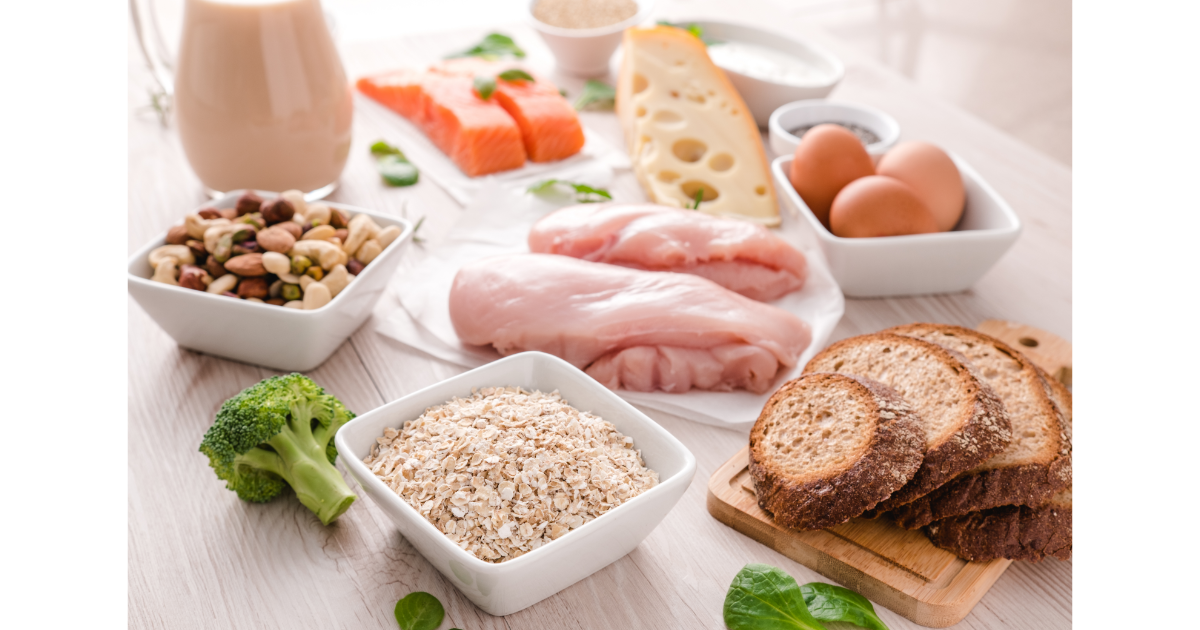
The general conclusion on pre-exercise meals is that carbohydrate-rich foods with moderate protein 60 minutes ahead of activity are most effective for improving performance.
Post-Workout Intake
Post-exercise nutrition is most effectively consumed immediately after exercise and up to 2 hours after cessation. Some research suggests allowing 20-30 minutes after a workout to consume food to allow for hormone regulation and promote an optimal insulin response.
General recommendation:
Ten grams of amino acids in supplement form or 20-40 grams of protein – Within two hours of training, maximum muscle protein synthesis will be optimized as the recovery begins.
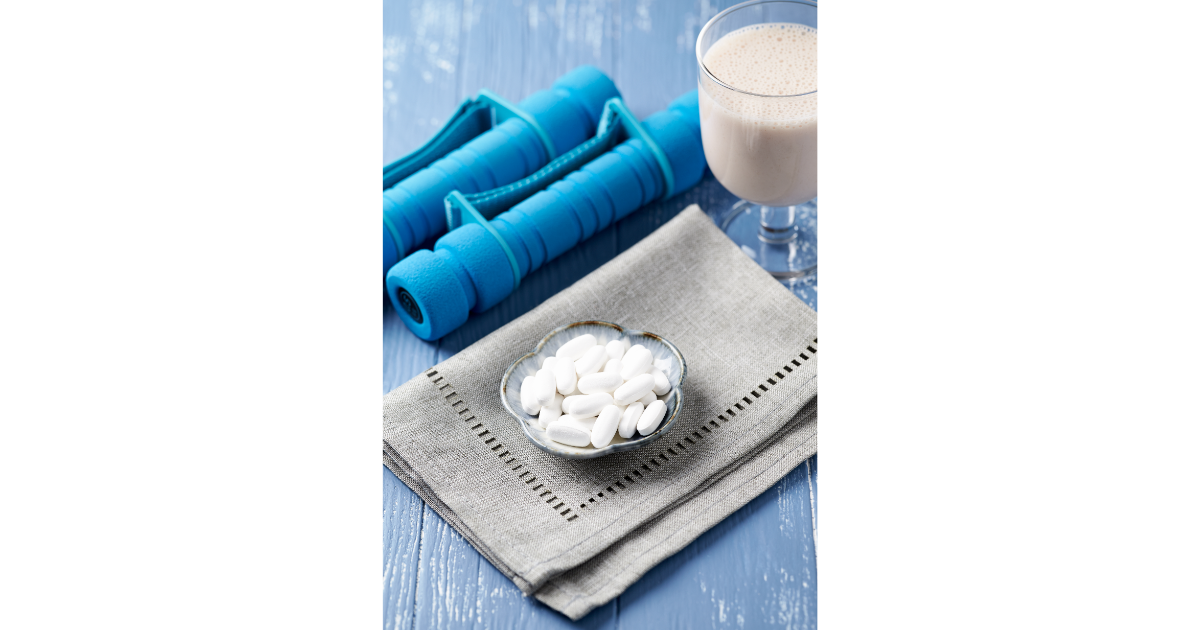
Supplementing with protein shakes is also a great way to get enough protein after an intense resistance training session (if you can’t get enough protein from whole foods).
No Fat for Pre-Workout and Post-Workout Meal

Fat is crucial for our bodily functions, but the timing of consumption can make a significant difference. Additional fat intake will delay the delivery of protein and carbohydrates to the bloodstream, affecting the performance and recovery after the activity. However, omega-3 fatty acids can help reduce post-exercise inflammation and make your muscles more receptive to protein, supercharging your recovery!
Recovery For Muscle Hypertrophy
Training for hypertrophy can cause a lot of soreness, especially the day after, due to muscle damage. These micro-tears and tensions are essential for the muscles to grow. The exercise can only make your muscles grow to their maximum potential with recovery. To maximize this, you need two things;
- Food/ nutrients that your body needs to heal
- Time to heal
The Length of Time It Takes to Recover
Typically, it takes approximately 24 to 48 hours for muscle repair to occur and for the body to recover. But this recovery time can only be applied to some, as many factors can make recovery faster or slower.
An elite athlete’s body, for example, is so accustomed to high-intensity stress that it adapts to it. In addition, they have access to the technologies and apply various strategies with customized nutrition to prepare their body for the upcoming event.
Practicing awareness is a straightforward way to know if your body is up for the next challenge. Listen to your body. If you still feel sore, it’s a good indication that you’re not completely healed.
Rest days and recovery days don’t mean sitting on the couch all day or lying on the bed. Doing some active recovery activities like:
- Yoga
- Swimming
- Dancing
- Jogging
- Stretching
- Walking
You can do light exercises to promote blood circulation, facilitating nutrients and oxygen delivery to expedite your recovery.
Food for Hypertrophy
Exercise and recovery are not enough if you’re looking to build lean muscle mass; nutrition plays an equally pivotal role. You must nourish your body to push it further and maximize results.
High-protein foods are paramount, but carbohydrates and fats provide the necessary energy for growth and recovery to improve progress.
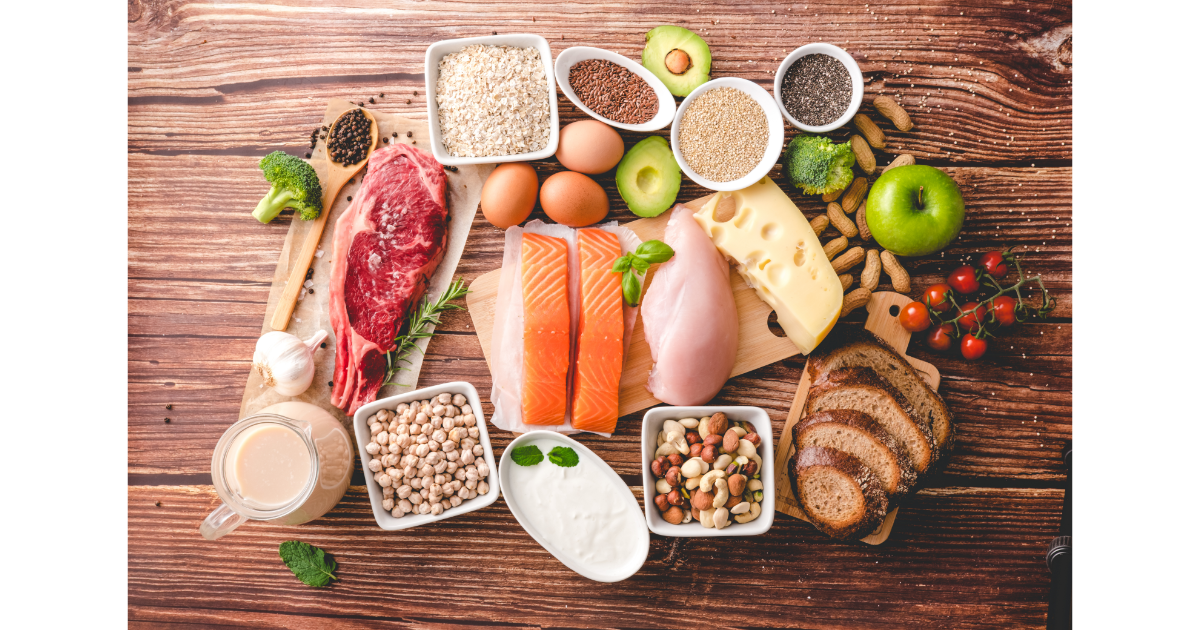
- Protein: Eggs, chicken, salmon, tuna, lean beef, tofu, tempeh and quinoa these foods are excellent sources of protein. They have essential amino acids and BCAAs. They help build and repair muscle fibers, promoting hypertrophy.
- Carbohydrates: Oatmeal, sweet potatoes, quinoa, brown rice, whole grain bread/pasta, and fruit are all good sources of carbohydrates. They provide your body with the necessary fuel to power through intense workouts, helping build muscle and prevent fatigue.
- Fats: Avocado, nuts and seeds, olive oil, and fatty fish (salmon and tuna) provide your body with the essential fats for hormone production. These foods also provide a good source of energy that keeps you going.
Combining the right amount of exercise and recovery with a healthy diet can maximize muscle growth and achieve the desired body!
Recovery Therapy
There are many techniques for recovery, and one of the most popular is cold immersion. Cold immersion therapy can be highly beneficial for the recovery process, but it is essential to pay attention to timing.
- Cold immersion numbs our body, including the nerve endings communicating with the muscles. Cold can short-circuit the inflammation process. Inflammation after a workout is necessary to stimulate adaptation.
Due to its vasoconstriction effect, cold can alleviate pain & soreness. But the negative side is that this hinders the delivery of the nutrients we need after intensive training. Give your body extra time by doing it after 4 hours of training or the day after instead.
- Heat therapy, on the other hand, like using a sauna, can be beneficial to help your body recover 30 minutes – 1 hour after a workout or extensive training.
Heat dilates the vascular system, promoting blood circulation that provides the cells with nutrients, transports hormones, and removes waste products necessary for proper recovery.
Human Growth Hormone And Sleep for Recovery

Your body naturally produces human growth hormones when you engage in physical activity. (HGH), which aids in the repair and growth of muscles.
Exercise is an effective stimulus that can trigger a surge of GH secretion. Studies have demonstrated both aerobic and resistance exercise leads to significant, short-term boosts in GH release.
Sleep is one of the most potent sources for releasing growth hormones. In adults, GH secretion typically appears shortly after falling asleep, specifically during stages III and IV of slow-wave sleep.
For men, their bodies release 70% of the growth hormones while they are sleeping deeply. Deep sleep affects how much growth hormone is released. Therefore, prioritizing a good night’s rest can significantly improve your fitness and well-being.
To gain muscle, it’s essential to gradually increase either the weight or the number of reps every week. Ensuring your muscles have enough time to rest and recover, proper nutrition, and adequate rest are also essential. Remember to challenge yourself!
Conclusion
As the body begins to adjust to physical training, it must endure a series of progressive stresses for optimal adaptation. Just like weightlifting requires increased intensity, volume, and frequency over time, cardiovascular exercise should follow these principles to spark changes within the body.
For a fitness program to be effective and avoid plateauing, it must be complete and well-rounded. Varying the intensity, duration, and other practice elements is crucial to preventing physical fatigue, burnout, or injury.
It is important to note that it may take time to see results from physical activity, and if you stop exercising for two weeks or longer, the positive effects on your body will decrease. Therefore, design a workout that’s sustainable with your lifestyle in the long run.
You might be interested in: How To Relieve Back Pain At Home
Reference:
A study by Van Cauter E, Plat L. (1996) on “Physiology of growth hormone secretion during sleep” provides insight into the relationship between sleep and growth hormone secretion.
Research by West DWD, Phillips SM. (2012) in the “Associations of exercise-induced hormone profiles and gains in strength and hypertrophy in a large cohort after weight training” discusses the role of growth hormones in muscle gain.
The study by Schoenfeld BJ. (2010) titled “The mechanisms of muscle hypertrophy and their application to resistance training” explains how a gradual increase in weight or reps aids muscle growth.
Research by Damas F, Phillips SM, Libardi CA, Vechin FC, Lixandrão ME, Jannig PR, Costa LA, Bacurau AV, Snijders T, Parise G, Tricoli V, Roschel H, Ugrinowitsch C. (2016) titled, “Resistance training-induced changes in integrated myofibrillar protein synthesis are related to hypertrophy only after attenuation of muscle damage,” talks about the importance of muscle rest and recovery.
The study by Izquierdo M, Ibañez J, Häkkinen K, Kraemer WJ, Larrion JL, Gorostiaga EM. (2007) titled “Once weekly combined resistance and cardiovascular training in healthy older men” underscores the need for varying intensities, durations, and elements in a fitness program.


